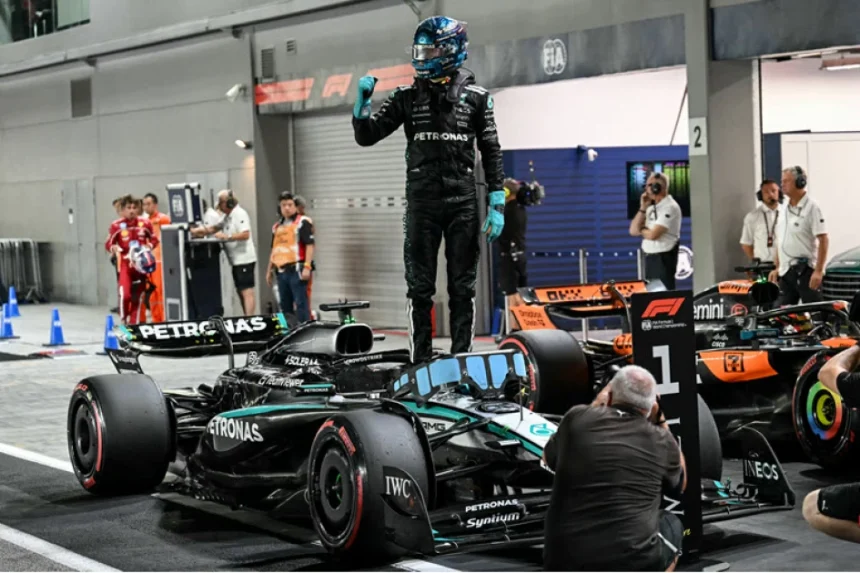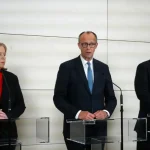On a night where the form book was torn up, George Russell’s “amazing” pole position for the Singapore Grand Prix was the result of a meticulous Mercedes masterplan coming to fruition, while McLaren’s stumble revealed the fine margins between practice pace and qualifying performance.
Mercedes’ Methodical Ascent
While McLaren’s single-lap speed in practice was the talk of the paddock, Mercedes worked quietly in the background, focusing on a singular goal: optimizing the W15 for the qualifying window. The key differentiators were:
-
Update Efficiency: The new floor and sidepod revisions brought to Marina Bay were specifically targeted at generating downforce in low-speed corners. The data showed incremental gains, but the real success was in the team’s ability to maximize the car’s setup around these new parts faster than their rivals.
-
The Tyre Temperature Battle: Singapore’s stop-start nature makes getting the Soft tyres into their ideal operating window a huge challenge. Mercedes’ practice sessions were dedicated to nailing the out-lap preparation—managing brake and engine temperatures to deliver tyre warmth without overheating. Russell’s final lap in Q3 was a testament to this, finding a peak of grip that others missed.
-
Strategic Composure: While other teams, including Ferrari, scrambled and adjusted run plans, Mercedes maintained a calm, structured approach. They trusted their data and their drivers to execute when it counted, avoiding the panic that can often set in on a street circuit.
McLaren’s Puzzling Pace Disappearance
Conversely, McLaren’s session was a case of “what might have been.” Their struggles can be pinpointed to two critical failures:
-
The Q3 Conundrum: The track was at its fastest in the final moments of qualifying. However, as track evolution peaked, the McLaren MCL60 lost its sweet spot. The issue wasn’t a lack of downforce, but an inability to switch the tyres on effectively for that one decisive lap. The car that looked planted in FP3 was suddenly nervous and unforgiving for Norris when the pressure was highest.
-
Strategic Misstep for Piastri: Oscar Piastri’s shock exit in Q2 was a severe blow. The team may have been too conservative, leaving him in the garage and relying on a time that was quickly eclipsed as others found massive gains. It was a critical error that left one of their fastest cars stranded in 11th, a devastating result given their practice performance.
The Race Day Ripple Effect
This qualifying result sets up a fascinating strategic duel. For Mercedes, starting first and third is a dream scenario. They can control the pace, protect their tyres, and try to dictate a one-stop race.
For McLaren, the race has become immensely more difficult. Starting from P7 and P11, they are in the heart of the DRS train and will be vulnerable to cars with stronger straight-line speed. Their only hope is an aggressive undercut strategy and hoping for a Safety Car—a common occurrence in Singapore—to bunch the field back up.
George Russell’s pole was a victory of process over raw pace. It proved that in the complex, high-pressure laboratory of Marina Bay, a perfect strategy and flawless execution can overcome a car with a potential performance advantage. McLaren, for all their speed, learned that lesson the hard way.










